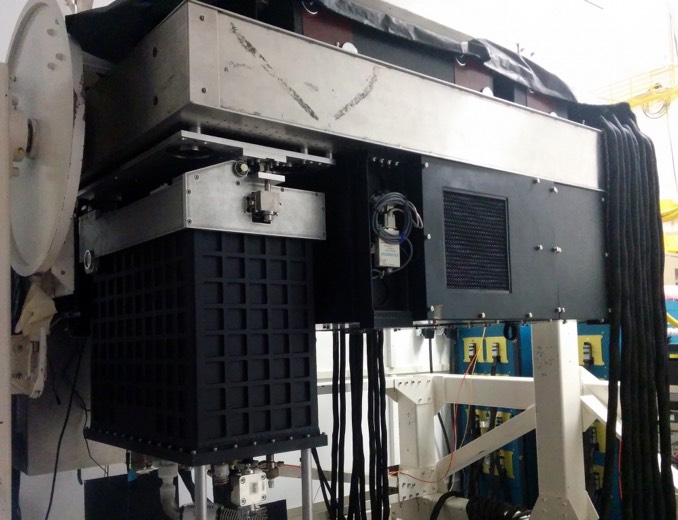
University of California-Santa Barbara physicist Benjamin Mazin is leading an international team developing what they say is the world’s largest, most sophisticated superconducting camera in a bid to directly image exoplanets orbiting nearby stars.
While NASA is famed for the occasional convoluted acronym, the camera team came up with its own prize winner: DARKNESS, which stands for “DARK-speckle Near-infrared Energy-resolved Superconducting Spectrophotometer.”
“It is the first 10,000-pixel integral field spectrograph designed to overcome the limitations of traditional semiconductor detectors,” UC Santa Barbara said in a release. “It employs Microwave Kinetic Inductance Detectors that, in conjunction with a large telescope and an adaptive optics system, enable direct imaging of planets around nearby stars.”
The DARKNESS camera can take thousands of images per second without the “read noise” and other factors that affect more traditional cameras. It also can determine the wavelength and arrival time of every photon striking its detector.
“This technology will lower the contrast floor so that we can detect fainter planets,” Mazin said in the UC Santa Barbara release. “Mazin explained. “We hope to approach the photon noise limit … allowing us to see planets 100 million times fainter than the star. At those contrast levels, we can see some planets in reflected light, which opens up a whole new domain of planets to explore.
“The really exciting thing is that this is a technology pathfinder for the next generation of telescopes,” he said.
The DARKNESS camera has completed four observing runs with the 200-inch Hale Telescope at the Palomar Observatory in California, operating as a science camera and a wave-front sensor providing feedback to a deformable mirror that works to counteract the effects of atmospheric turbulence. Another test run is expected in May.
“Our hope is that one day we will be able to build an instrument for the Thirty Meter Telescope planned for Mauna Kea on the island of Hawaii or La Palma,” Mazin said. “With that, we’ll be able to take pictures of planets in the habitable zones of nearby low-mass stars and look for life in their atmospheres. That’s the long-term goal, and this is an important step toward that.”
DARKNESS is funded by the U.S. National Science Foundation. Mazin’s team includes Dimitri Mawet of the California Institute of Technology and Eugene Serabyn of the Jet Propulsion Laboratory in Pasadena, California. Their work is described in Publications of the Astronomical Society of the Pacific.
